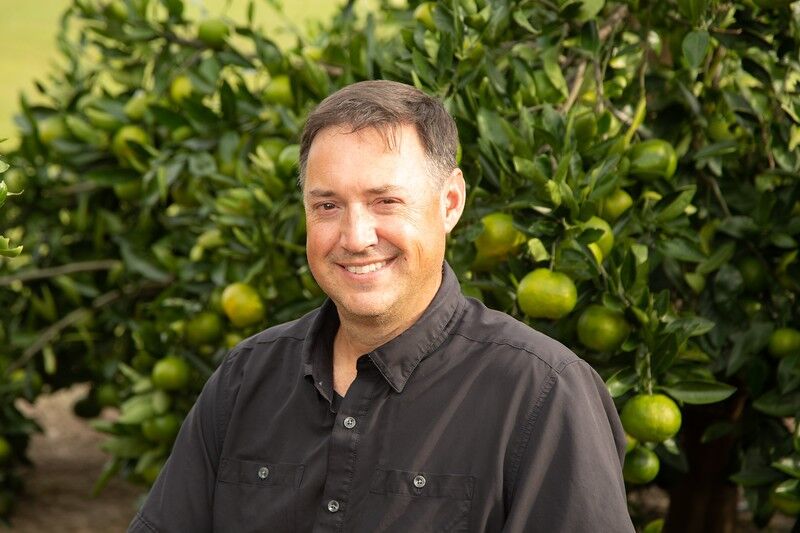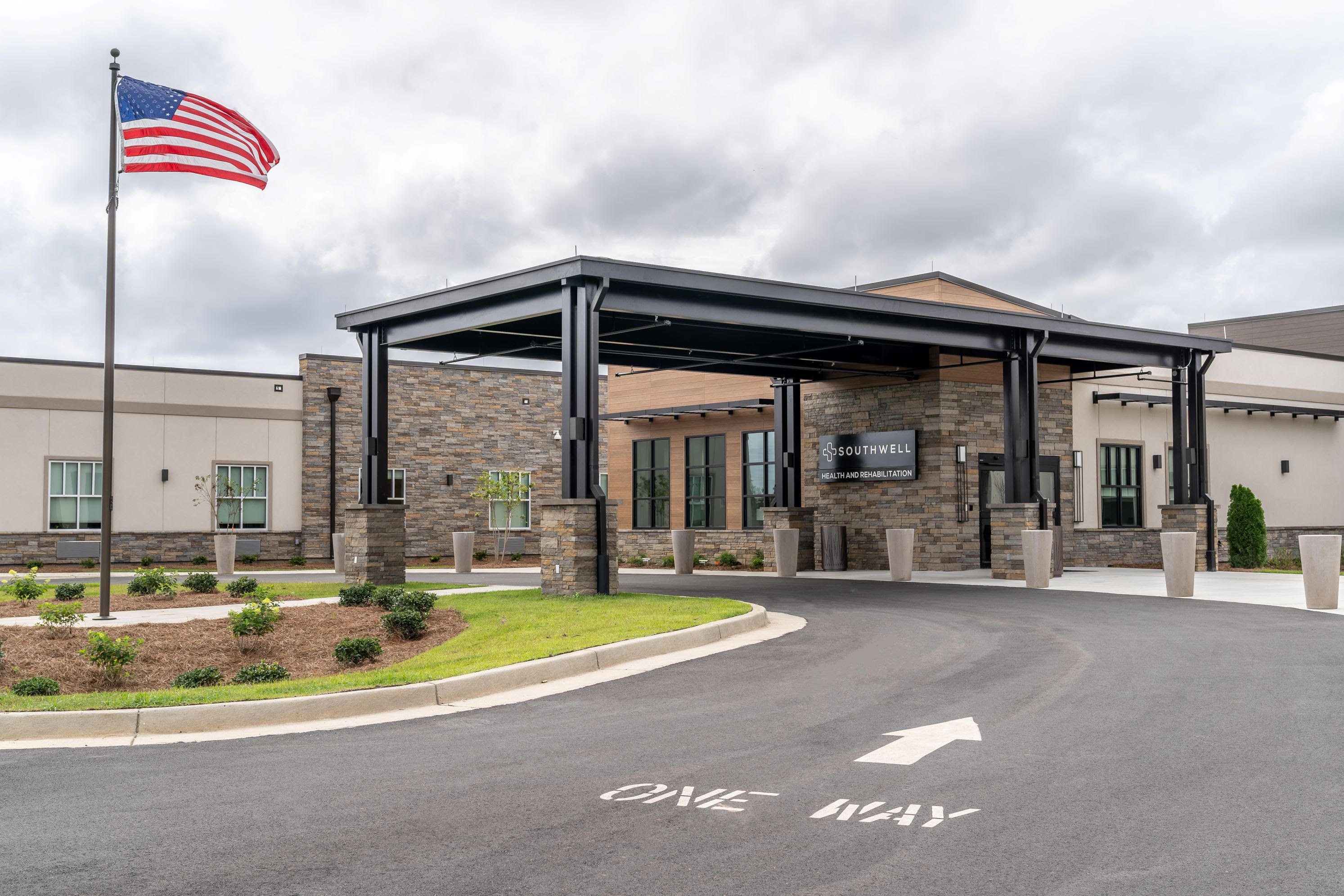JAKE PRICE: Choosing tomato varieties
Published 7:15 am Saturday, March 23, 2024

- Jake Price
The desire for fresh homegrown tomatoes is probably the main reason homeowners have gardens. Most plants are planted in late March and April, or when they are available at the garden centers. Each growing season, homeowners run into disease problems with their plants.
Lowndes 4H is currently selling tomato plants with a great disease resistant package. These tomatoes have high resistance to Tomato Spotted Wilt Virus (TSWV), Fusarium Wilt, Verticillium Wilt, Gray Leaf Spot, and Nematodes! Plants are $1 each and support Lowndes 4H programs. Call our office at 333-5185 for more information.
Many varieties sold do not have resistance to TSWV. TSWV is spread by a small insect called a thrip. This disease can easily infect half of your tomato plants and there is no cure.
In general tomatoes are susceptible to a lot of diseases and most varieties (except heirloom varieties) have resistance to certain diseases. This is good because once infected, it is too late to stop most diseases from killing plants or limiting the production so planting good varieties will greatly increase your growing success.
When selecting your plants look for varieties that have a lot of letters next to the name. This means that plants have a built-in resistance to disease. An example would be a popular variety called Celebrity VFFNTA Hybrid. The letters stand for the following:
V = Verticillium Wilt
F = Fusarium Wilt
FF = Fusarium Wilt race 1 and 2
N = Nematode
T = Tobacco Mosaic Virus
A = Alternaria (Early Blight)
TSW = Tomato Spotted Wilt
As you can see Celebrity is resistant to several diseases but lacks resistance to Fusarium Wilt, and Tomato Spotted Wilt Virus. Tomatoes are classified as determinate which means most of the fruit ripens over a short period of time, and indeterminant, which means that fruit will continually be produced. Popular determinant varieties include: Bush Celebrity VFFNTA Hybrid, Bush Early Girl VFFNT Hybrid, Celebrity VFFNTA Hybrid, and Mountain Spring VFF Hybrid. Popular indeterminant varieties are: Early Girl VFF Hybrid, Better Boy VFN Hybrid, Big Boy Hybrid, and Beefmaster VFN Hybrid.
Cherry tomato varieties are: Jolly Hybrid, Sweet Baby Girl Hybrid, and Super Sweet 100 Hybrid. Of course, there are many more to choose from.
Cultural practices will also prevent problems.
Tomatoes like a well-drained high organic matter soil and a pH between 6.2 and 6.8. I would recommend you have a soil test done for your garden and follow any recommendations. A soil test can correct any pH problems. Tomatoes frequently have a problem with a condition called “Blossom End Rot.” This is when the bottom of the tomato turns black. Blossom end rot is caused by a calcium deficiency in the fruit and is made worse when soil conditions fluctuate between wet and dry. Additions of dolomitic lime, which raises pH and contains calcium and Magnesium, can help prevent the problem. If your soil pH is optimal but your calcium is low, apply gypsum at 1 pound per 100 square feet. Foliar applications of calcium can help provide a temporary fix if the problem is not excessive. Mulching around your tomato plants reduces soil moisture fluctuations and keeps the weed pressure down. Layers of newspaper can be placed around plants and mulch can be added on top to further prevent weeds. Pine straw, bark, leaves, or most any type of mulch will be ok.
Selecting disease resistant varieties, mulching, and following your soil test results should make your tomato season more productive.
For more information on tomatoes and varieties visit this website: https://secure.caes.uga.edu/extension/publications/files/pdf/B%201271_7.PDF.





